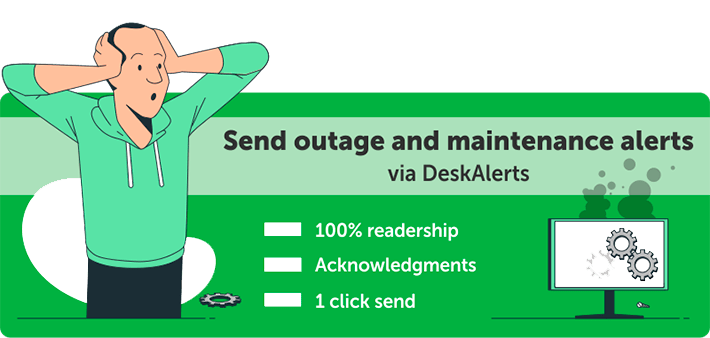The IT services manager has a tough gig. Workplaces are changing at a rapid pace as a result of advances in technology – and the IT services manager is responsible for seeing that technology – hardware and software and systems – run smoothly and perform their intended role as the backbone of an organization.
The IT services manager needs systems and tools in place in order to stay on top of all of this so they can be as efficient and effective as possible without getting stressed out and overwhelmed. Here are five tips that can help make life easier for the IT services manager.
1. Run daily health checks
Schedule daily “check in” scans on your different systems so you can get an overall view of how different systems are performing. These scans can alert you if something isn’t working properly or is about to reach a limit or threshold so you can get on top of the issue and solve the problem before it becomes a bigger issue.

2. Introduce real-time systems monitoring
Real-time monitoring can provide you with information about the status of your network instantly. You can tell at a glance if there are any issues, such as bandwidth being at or close to being close to exceeded.
This can come in particularly useful when you have an event planned you know will require your system to be running in tip-top shape such as a webinar, a new product launch, a major news announcement or a trade show where a large number of people will visit your company’s website.
3. Have a security policy that’s easy to implement and understand
When a systems breach happens, quite often it’s a result of employees being careless. These risks can be minimized when employees have a clearly defined cyber security policy that they can follow and understand the rules and expectations.
You should also run education and reminders about the policy and its contents to keep security front of mind for your employees. Like the old saying goes, prevention is much better than a cure.
4. Take the pressure off your helpdesk with DeskAlerts
When systems go down or other wide-spread IT issues occur the help desk – particularly in large organizations – can become bogged down answering multiple calls about the same issue.
With DeskAlerts you can send pop-up notifications to every employee in your organization letting them know you are aware of the problem and the estimated time of restoration, which will help reduce those calls.
5. Implement self-service systems
A lot of time can be saved when employees can help themselves to solve their own IT issues, particularly if they are straightforward and don’t require the involvement of IT professionals.
Introduce a self-service function that provides solutions for frequently asked questions and encountered problems.








